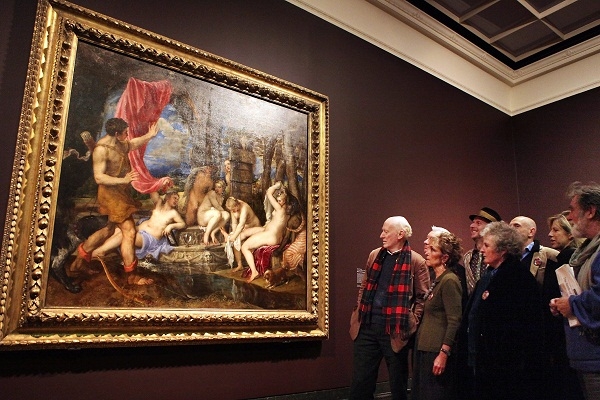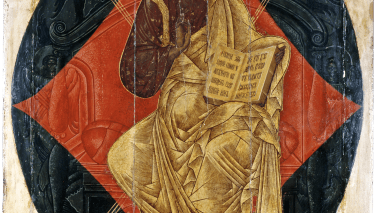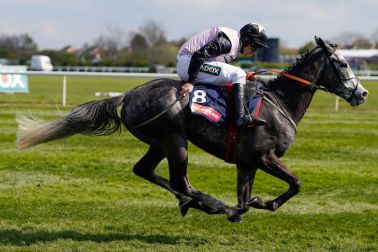Metamorphosis, a temporary exhibition at the National Gallery, London, showcases a range of contemporary artistic responses to Renaissance painter Titian’s Diana and Actaeon and Diana and Callisto metamorphosis paintings, inspired by Ovid. Daisy Dunn looks at the new poetry inspired by the collaboration.
When the hapless youth Actaeon peeled back a curtain dangling in a forest glade, he might just as well have been uncovering a religious icon as playing voyeur to a bevy of naked beauties. This, at least, is the way Titian saw it when he decided to paint the luscious velvetine hanging before the unwitting voyeur in his Ovid inspired canvas, Diana and Actaeon. Titian knew that patrons such as Philip II of Spain, recipient of his poesie ‘poetical paintings’, veiled both religious and erotic artworks from sight upon their walls. The curtain Actaeon draws back to reveal the bathing goddess Diana is Titian’s means of endorsing Ovid’s famous line, ‘what blame is there in a mistake?’ Actaeon was punished for his perversion by being turned into a stag.

Get Britain's best politics newsletters
Register to get The Spectator's insight and opinion straight to your inbox. You can then read two free articles each week.
Already a subscriber? Log in






Comments
Join the debate for just £1 a month
Be part of the conversation with other Spectator readers by getting your first three months for £3.
UNLOCK ACCESS Just £1 a monthAlready a subscriber? Log in